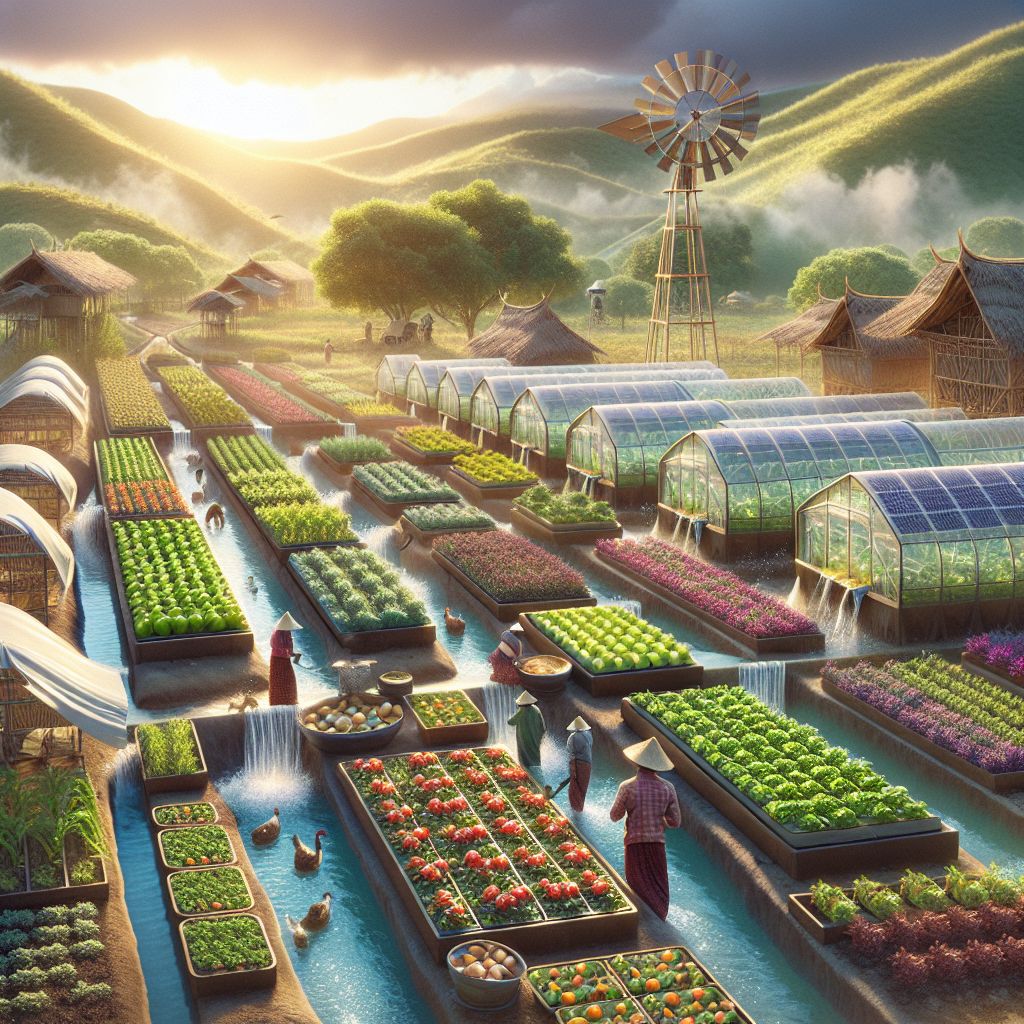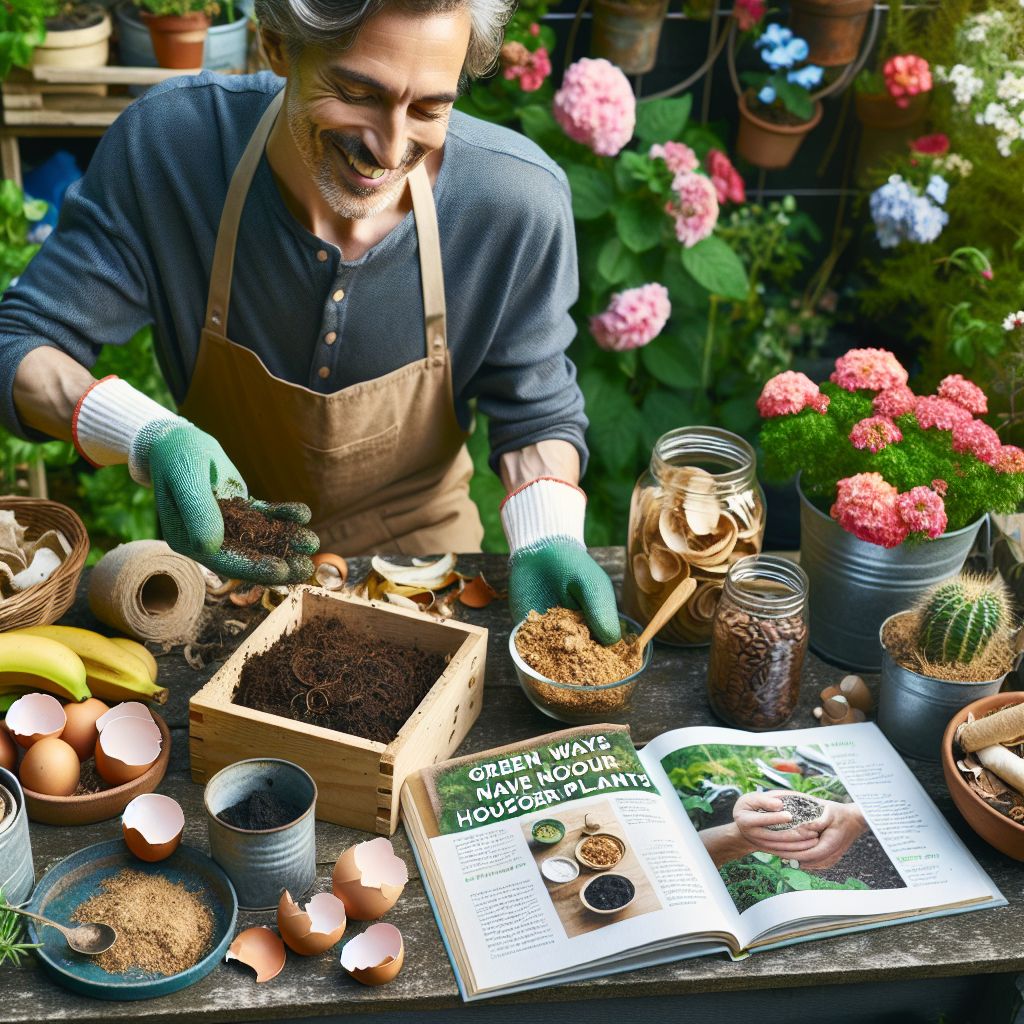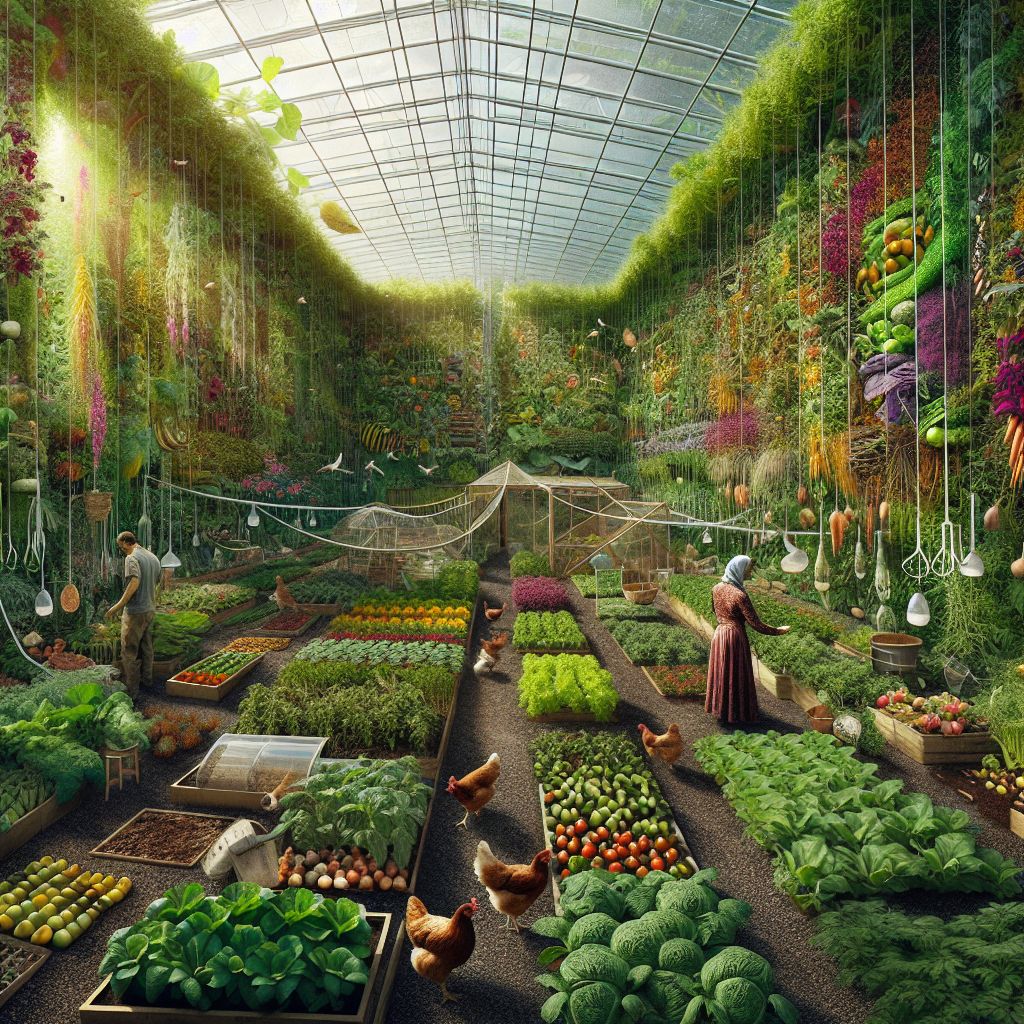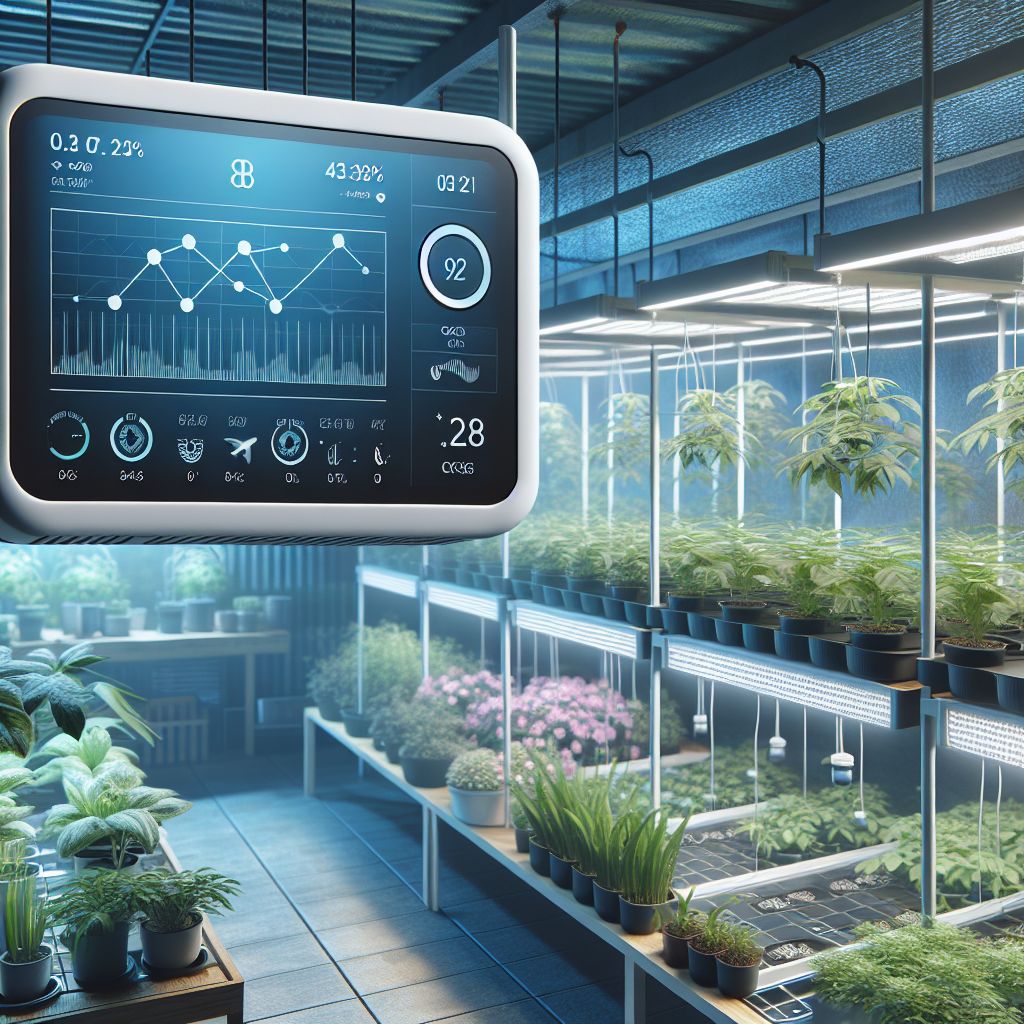Key Takeaways: Harnessing the Sun for Healthier Crops
-
Understand the critical role of sunlight in greenhouse plant growth and how to optimize it.
-
Learn about strategic plant layout and cover material selection to enhance sunlight exposure.
-
Discover technological aids like intelligent shading and light-reflective systems to optimize sunlight.
-
Adjust your greenhouse setup to cater to the seasonal shifts in sunlight availability.
-
Implement monitoring tools such as light sensors to make informed decisions about lighting needs.
Catch the Rays: The Basics of Sunlight Optimization
Let’s get one thing straight – sunlight is like the secret sauce to your greenhouse crops. Without it, you might as well say goodbye to those lush greens and vibrant veggies. But it’s not just about having sunlight, it’s about making the most of it. That’s where sunlight optimization comes in, and trust me, it can make a world of difference to your crop yield and quality.
Why Sunlight is Crucial for Greenhouse Growth
First off, sunlight is the powerhouse behind photosynthesis, the process that fuels plant growth. It’s simple – no sunlight, no photosynthesis, no plants. But there’s a catch. Not all plants are sun worshipers, some need less, some need more. That’s why understanding your plants’ needs is step one to sunlight optimization.
Moreover, sunlight isn’t just about quantity. It’s also about quality. Different colors in sunlight play different roles in plant development. For instance, blue light encourages bushy growth, while red light helps with flowering. Knowing this helps you play matchmaker between your plants and the sunlight they crave.
And here’s a fun fact: Greenhouse glass or plastic can filter out certain wavelengths of light. That means you need to get savvy with the materials you use to ensure your plants are getting a full spectrum feast.
But why go to all this trouble? Because optimizing sunlight can lead to:
-
Stronger, healthier plants that can fend off pests and diseases.
-
Higher yields of crops that look good and taste even better.
-
A more predictable harvest, which means less stress for you and more consistent quality for your customers.
The Science of Sunlight and Plant Photosynthesis
Photosynthesis is like a plant’s version of a power lunch. It’s how they convert light, water, and carbon dioxide into the sugars they need to grow. And it’s not just about the leaves soaking up the sun. The entire plant, right down to the roots, gets in on the action, using the sugars to build everything from stems to fruits.
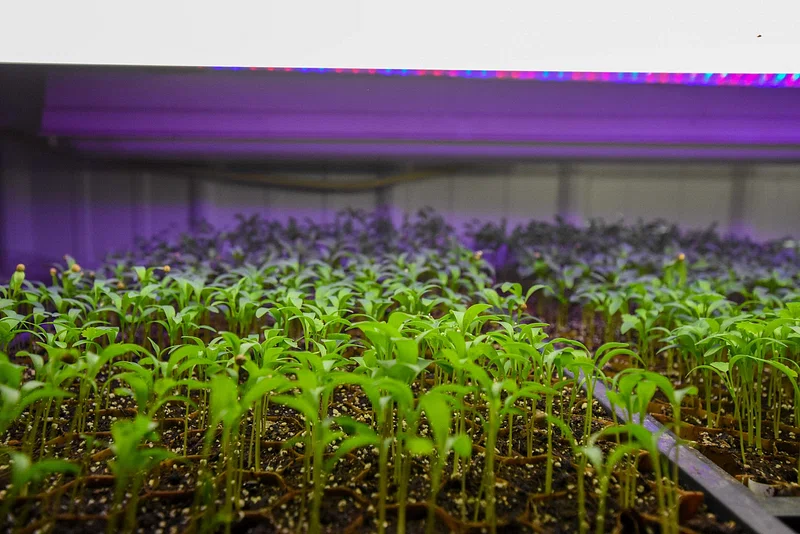
“Microgreens Lighting Requirements” from microgreensworld.com
But here’s the kicker: plants can be picky eaters. They thrive on a balanced diet of light wavelengths. Too much or too little of one type can throw off their growth. That’s why giving them the right mix is key to getting those prize-winning plants.
Think of your greenhouse as a fine-dining restaurant for your plants, and you’re the chef deciding on the perfect blend of light “ingredients” for their gourmet meal.
So, how do you make sure your plants are getting their ideal light meal? You monitor and adjust, my friend. Tools like light sensors and meters can tell you exactly what kind of light your plants are getting, and you can tweak things from there. It’s a bit of science, a bit of art, and a whole lot of paying attention to what your plants are telling you.
Smart Strategies: Enhancing Sunlight in Your Greenhouse
Now, onto the nuts and bolts of making sure your greenhouse is a sun magnet. It’s not just about having a bunch of windows or clear panels. It’s about being smart with your design and using a few tricks of the trade to get the most out of those rays. For those looking to delve deeper into smart farming solutions, consider exploring advanced automated greenhouse technology to further enhance your greenhouse’s efficiency.
Plant Layout for Maximum Light Exposure
-
Go vertical: Use trellises or shelves to stack plants, so everyone gets a piece of the sunshine pie.
-
Spacing is key: Give your plants room to breathe and bask in the light without casting shadows on their neighbors.
-
Rotate regularly: Just like rotating crops in the field, switch up your greenhouse layout to ensure all plants get equal light over time.
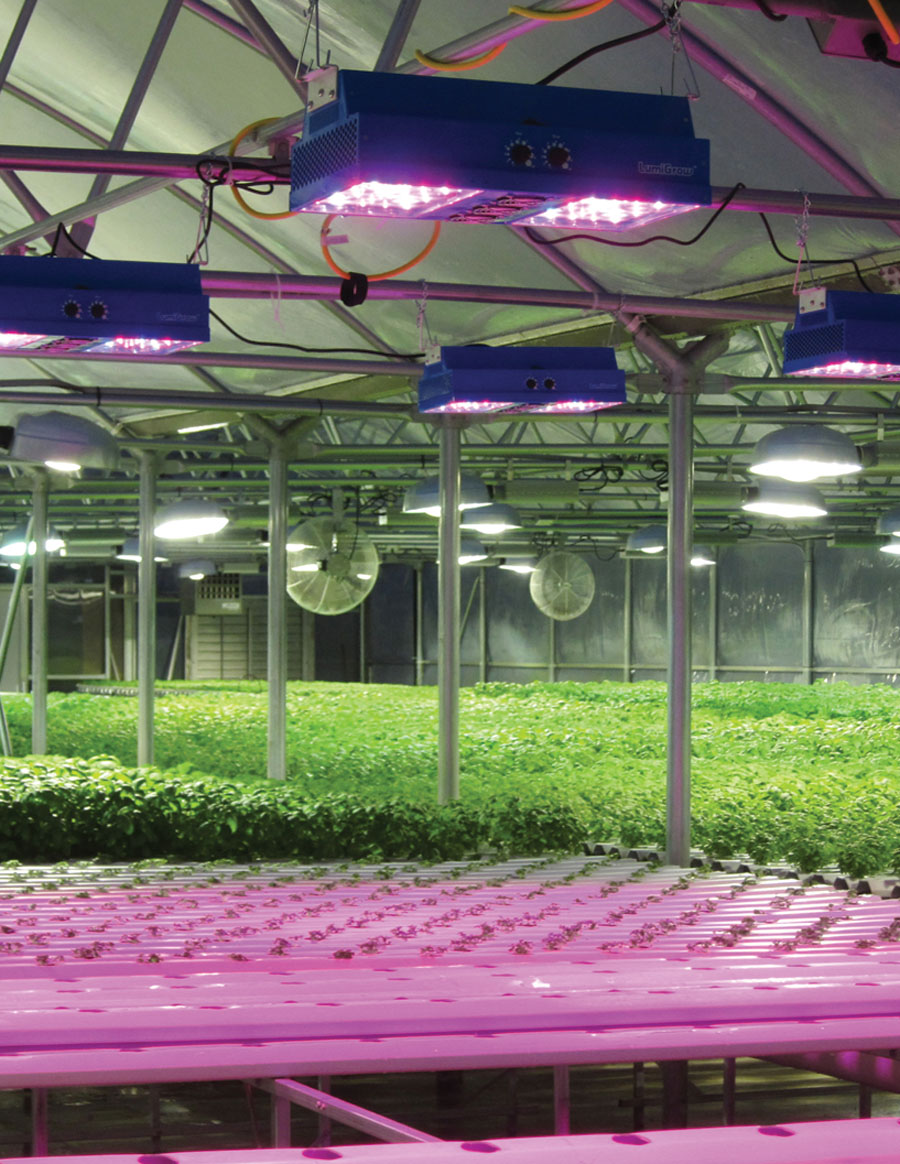
“Light on Greenhouse Lighting Options …” from gpnmag.com
Remember, a well-planned layout isn’t just about cramming in as many plants as possible. It’s about making sure each one can soak up the sun and thrive.
And don’t forget, the sun moves across the sky, so what’s sunny in the morning might be shady by afternoon. That’s why a little observation goes a long way. Spend some time watching how the light moves through your greenhouse, and adjust your layout accordingly.
Besides that, consider the height of your plants. Taller plants can hog the light if placed in the wrong spot. Keep them on the north side of your greenhouse, so they don’t cast shadows on the smaller guys.
And here’s a pro tip: use reflective surfaces like white ground covers or even aluminum foil to bounce light back onto your plants. It’s like giving them a double dose of sunshine.
There’s a lot to think about, but don’t worry. With a bit of planning and some trial and error, you’ll find the sweet spot that makes your plants happy and your harvests hefty.
So, let’s roll up our sleeves and dive into the details. Ready to optimize that sunlight and watch your plants flourish? Let’s do this!
Seasonal Shifts: Adjusting for Changing Sunlight
As the seasons change, so does the angle and intensity of sunlight. In a greenhouse, this means you’ve got to be on your toes, ready to adapt to keep your plants thriving. Think of it as tuning your greenhouse to the rhythm of nature’s dance – a little step here, a twirl there, and you’ve got a greenhouse that’s in step with the seasons.
Most importantly, the changes aren’t just daily – they’re yearly. The low angle of winter sun versus the high arc of the summer sun affects how light enters your greenhouse. It’s not just about more light or less light, it’s about the right light at the right time.
Winter Tactics: Supplemental Lighting Solutions
When winter rolls around, it’s like someone hit the dimmer switch on the sun. But don’t let that slow down your green thumb. This is where supplemental lighting comes to the rescue. Think of it as a sun substitute, giving your plants the boost they need to keep growing strong, even when the real deal is playing hard to get.
-
LEDs are your friend: They’re energy-efficient and can be fine-tuned to emit specific light wavelengths.
-
Timing is everything: Use timers to mimic natural daylight hours, giving your plants a consistent light cycle.
-
Intensity matters: Adjust the brightness of your lights to meet the needs of your plants – not too dim, not too bright.
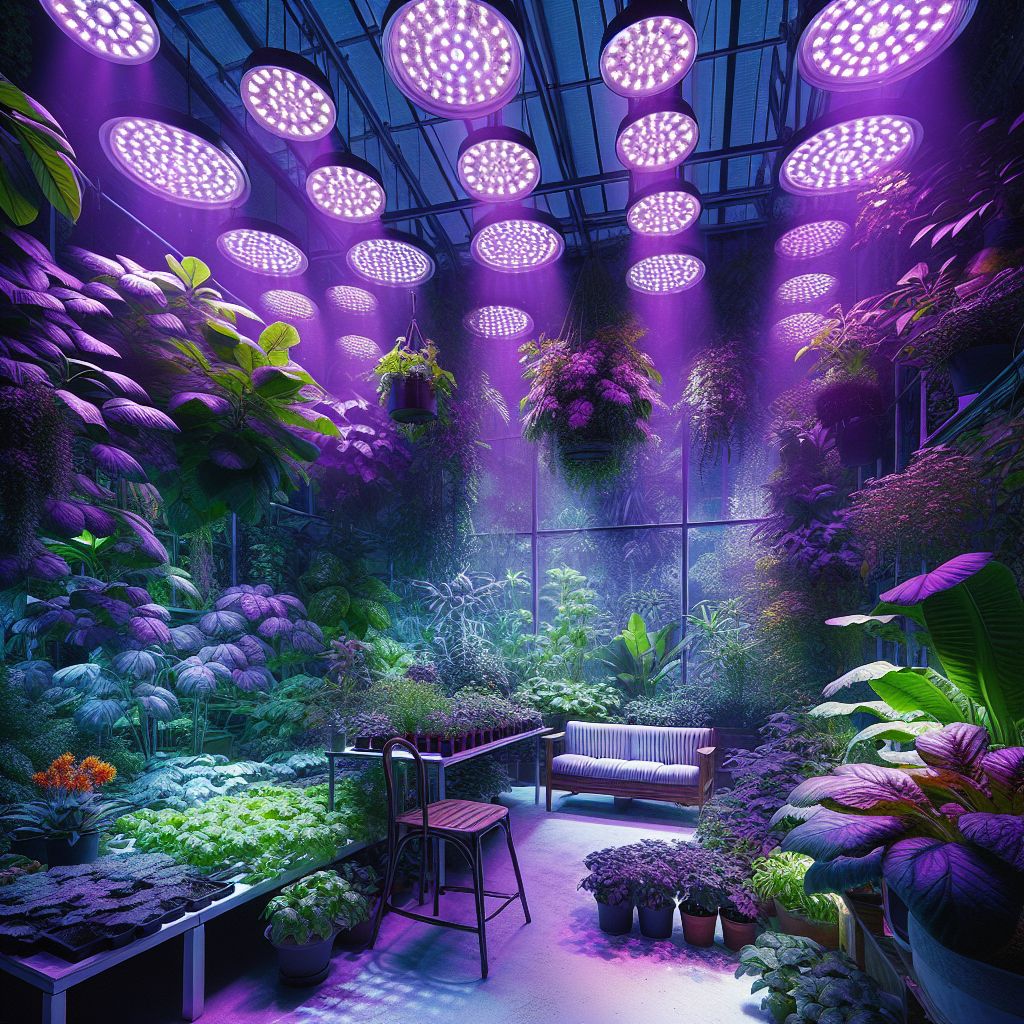
And remember, your plants can tell the difference between a sunny day and a light bulb. That’s why using the right kind of light – one that mimics the full spectrum of sunlight – can make all the difference in keeping your winter crops from getting the blues.
Summer Abundance: Managing Overexposure
Then summer comes along, and it’s like the sun’s got something to prove. It’s shining bright and strong, and while that’s great for beach days, it can be too much of a good thing for your plants. Managing overexposure is about providing just the right amount of shade to keep your plants from getting sunburned.
-
Shade cloths can be your plants sunglasses, cutting down on the intensity of direct sunlight.
-
Ventilation is crucial: Keep the air moving to prevent heat buildup that can stress your plants.
-
Water wisely: Too much sun can dry out your soil, so keep an eye on moisture levels and water as needed.
And here’s a tip: pay attention to the color of your plants leaves. If they’re starting to look a bit pale or bleached, that’s a sign they might be getting too much sun. A little shade might just be the ticket to keeping them happy and healthy.
Metrics Matter: Monitoring and Controlling Light Intensity
You can’t manage what you don’t measure, and when it comes to light, that saying holds true. Monitoring light intensity isn’t just for the tech-savvy, it’s for anyone who wants to give their plants the best chance at success. And the best part? It’s easier than you might think.
Implementing Light Sensors for Data-Driven Decisions
Light sensors are like your eyes inside the greenhouse, keeping watch over the light levels. They help you see the invisible and make decisions based on cold, hard data rather than guesswork. For more information on optimizing greenhouse conditions, read about 5 Ways to Optimize Sunlight for your crops.
-
Place sensors at plant level: That’s where the action is, so make sure you’re measuring light where your plants are actually experiencing it.
-
Track changes over time: Use the data to spot trends and adjust your lighting strategy accordingly.
-
React quickly: If you see light levels dipping or spiking, take action to keep things steady.
By using light sensors, you’re not just guessing what your plants need, you’re giving them exactly what they crave based on real-time information. It’s like having a conversation with your plants, and trust me, they’ve got a lot to say.
Understanding Daily Light Integral (DLI) Targets
DLI, or Daily Light Integral, is a fancy way of saying how much light your plants get in a day. It’s a number that tells you if your plants are getting a full meal or just a light snack when it comes to sunlight.
Each type of plant has its own DLI sweet spot, and hitting that target is key to getting the most out of your greenhouse. Whether it’s leafy greens or juicy tomatoes, knowing their DLI needs means you can tailor your lighting to give them just what they need.
So, how do you find out a plant’s DLS needs? A quick search online can give you a good starting point, and from there, it’s all about fine-tuning. Pay attention to how your plants respond to different light levels, and adjust as needed. It’s a bit of trial and error, but when you get it right, the results are worth it.
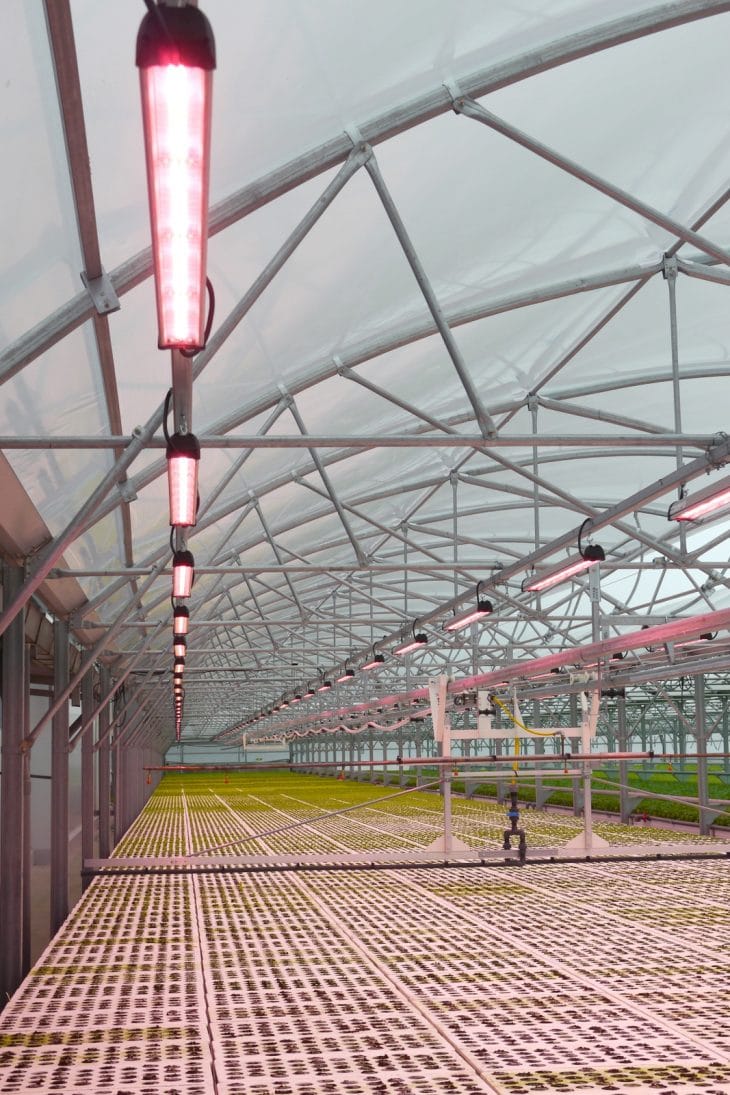
“Daily Light Integral (DLI): lighting …” from horti-generation.com
From Sun to Crop: Ensuring Light-Receptive Growth
Getting the light right is just one part of the equation. The other part is making sure your plants are set up to catch those rays. That means thinking about how they grow and making adjustments to help them soak up every last photon.
Pruning for Optimal Light Penetration
Pruning isn’t just about keeping things tidy, it’s about clearing the way for light to reach the inner parts of your plants. It’s like parting the curtains to let the sunshine in on a sleepy morning.
-
Snip the right spots: Focus on removing leaves that are dead, diseased, or just plain blocking the light.
-
Don’t overdo it: Prune just enough to let the light in without stressing your plants.
-
Timing matters: Prune during times of active growth, so your plants can heal quickly and get back to growing.
And here’s a little secret: pruning can also help improve airflow, which keeps your plants cool and reduces the risk of disease. It’s a win-win!
Managing Crop Density to Avoid Shadowing
Density is all about finding the Goldilocks zone – not too crowded, not too sparse, but just right. Too many plants packed together can create a jungle that blocks light and stifles growth. But get it just right, and you’ve got a greenhouse full of happy, light-bathed plants.
-
Know your plants: Some like a little elbow room, while others don’t mind being cozy. Plan your density accordingly.
-
Watch for crowding: If you see plants starting to overshadow each other, it might be time to thin the herd.
-
Think about the future: Plant with growth in mind, giving your crops space to spread out as they mature.
Remember, a crowded greenhouse is a stressed greenhouse. Give your plants the space they need to grow, and they’ll repay you with a bountiful harvest.
And that’s a wrap on part two of our journey through greenhouse sunlight optimization. Stay tuned for the final installment, where we’ll tie it all together and answer some of your burning questions. Until then, keep those plants glowing!
Frequently Asked Questions
Got questions about optimizing sunlight in your greenhouse? You’re not alone. Let’s shed some light on common queries that can help you grow like a pro.
How do you measure the effectiveness of sunlight optimization?
Measuring effectiveness comes down to monitoring plant growth and health. Look for signs like the rate of growth, leaf size and color, and the overall yield of your crops. If they’re thriving, you’re on the right track. For a more scientific approach, use light sensors and keep an eye on your Daily Light Integral (DLI) readings. These will tell you exactly how much light your plants are soaking up.
What are some affordable ways to optimize sunlight in a small-scale greenhouse?
Even with a tight budget, there are ways to maximize sunlight:
-
Use reflective materials like aluminum foil or white paint to redirect light onto your plants.
-
Strategically place taller plants to avoid shading smaller ones.
-
Prune regularly to ensure light can penetrate to the lower leaves of your plants.
-
Experiment with the positioning of your greenhouse to capture the most sunlight throughout the day.
Can artificial lighting completely replace natural sunlight in a greenhouse?
While artificial lighting can supplement natural sunlight, especially in the darker months, it’s tough to beat the full spectrum provided by the sun. Artificial lights can be tuned to specific wavelengths needed for growth, but they often lack the complexity of natural light. Use them as a complement, rather than a replacement, whenever possible.
How often should the reflective surfaces be cleaned or replaced?
Cleanliness is next to godliness, especially when it comes to reflective surfaces. Dust and dirt can significantly reduce their effectiveness. Check and clean them at least once a month, or more often if needed. As for replacement, do it when you notice any damage or reduced reflectivity that can’t be restored with cleaning.
Is there a risk of ‘too much sunlight’ for greenhouse crops?
Absolutely. Just like us, plants can get sunburned. Symptoms include wilting, bleached or discolored leaves, and stunted growth. To prevent this, use shade cloths during peak sunlight hours, ensure adequate ventilation, and monitor water levels to keep soil moist.
Remember, optimizing sunlight in your greenhouse is a balance. It’s about giving your plants what they need to grow without going overboard. Keep an eye on them, listen to what they’re telling you, and adjust as needed. With a bit of care and attention, you can create a sun-soaked haven that will have your plants reaching for the stars.


